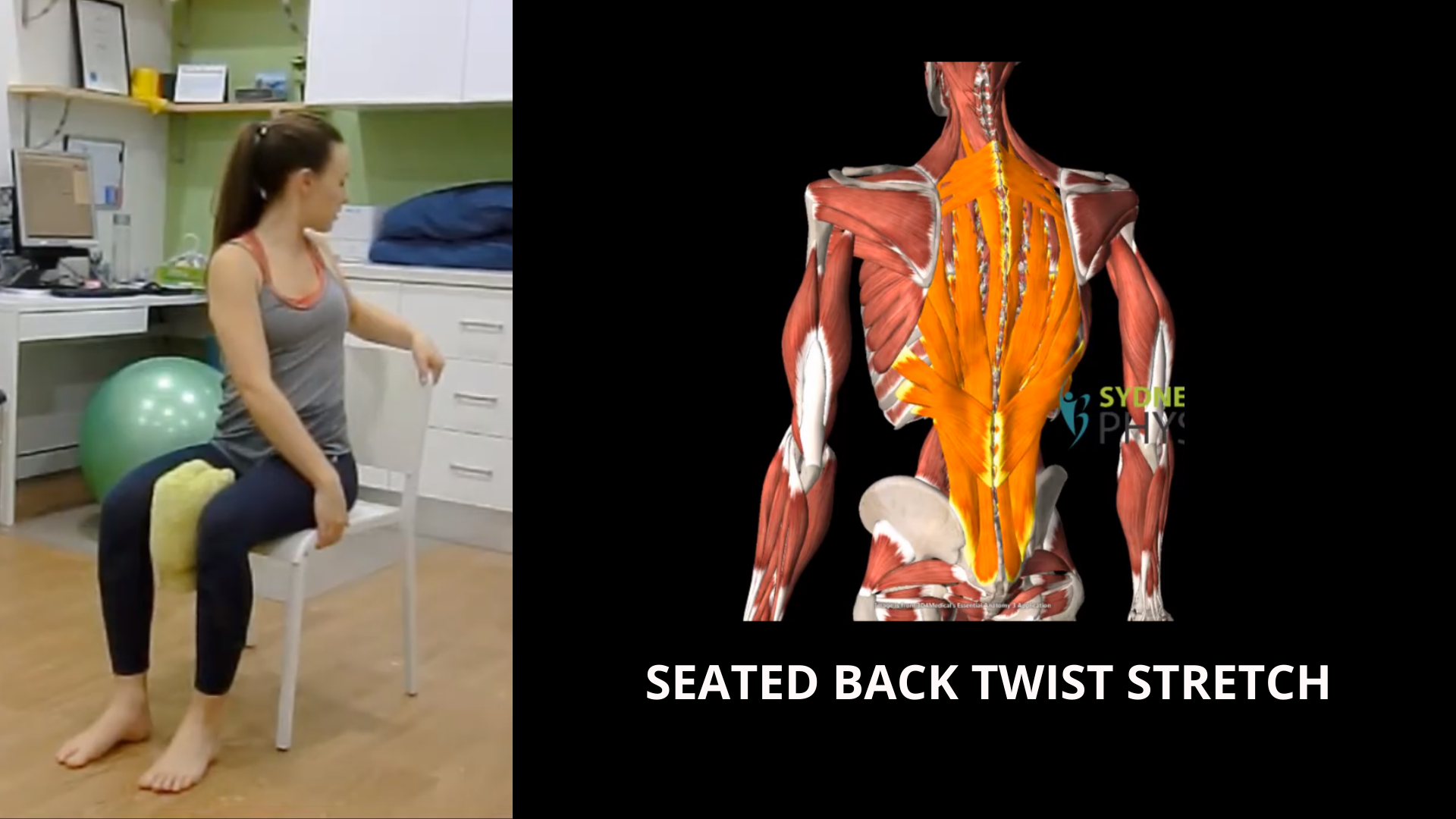Core activation
This supine core exercise targets deep abdominal muscles to support and protect the lower back. Ideal for anyone with back pain, desk workers, and individuals aiming to enhance core stability, it strengthens the core, reduces strain, and promotes better posture and back health.
Sidelying hip clam shell
The sidelying clamshell exercise strengthens the hip gluteal muscles, enhancing balance and stability. Perfect for individuals recovering from hip injuries, athletes, and those aiming to improve lower body strength, this exercise supports hip alignment, aids in injury prevention, and boosts functional movement.
Core plank with ball roll
The hip and back advanced strengthening exercise targets core stability and lower body strength, essential for supporting functional movement and reducing injury risk. Ideal for newly pregnant women who are recovering from back issues, and anyone looking to improve overall stability. This exercise enhances hip power and back endurance for improved performance and resilience.
Running tips for return runners
Returning to running after recovery requires a gradual approach to prevent re-injury and rebuild strength. Key tips include starting with low-impact intervals, focusing on form and cadence, incorporating strength exercises, and allowing adequate rest. This guide is ideal for runners looking to ease back into their routine safely, ensuring a steady and sustainable return to peak performance.
Running man with trunk rotation
The Running Man with Trunk Rotation exercise activates and strengthens the side glute muscles, improving hip stability and core control. Perfect for runners, athletes, and individuals looking to enhance lateral hip strength, this dynamic movement promotes balance, coordination, and injury prevention in the lower body.
Seated trunk rotation against resistance band
The seated trunk rotation against a resistance band targets back and core muscles, enhancing rotational strength and control. Ideal for athletes, golfers, cricketers, individuals with back discomfort, and anyone aiming to improve core stability, this exercise builds resilience in the spine and promotes balanced movement.
Seated back twist stretch
The seated back twist stretch relieves tension and improves mobility in the spine, making it ideal for office workers who sit for extended periods. This stretch promotes spinal flexibility, reduces stiffness, and supports better posture, helping you feel more comfortable throughout the day.
Seated knee raise
The seated knee extension exercise targets the quadriceps, helping to relieve pain in the front of the knee. Ideal for individuals with knee discomfort or those in rehab, this movement strengthens knee support, promotes alignment, and aids in reducing strain on the patellar tendon.
Pelvic floor health in women resolves complications
Pelvic floor conditions in women’s health
Hip soreness in hikers and runners: bursitis and gluteal tendinopathy
Hip pain in hikers & runners
Whiplash injury after a motor vehicle accident
Whiplash is a terminology for neck pain post car accident. This article gives you an understanding of how we treat whiplash, and what sort of support that you can expect to have here in Australia.
Core stability and control
How core muscles are protectors of your spine, and how do you make sure that their natural muscle tone supports your posture. The key is not to consciously keep your core activated - that is a very outdated. The key is to have that core muscle tone so it supports you without thinking about. That is core stability and core control!
Better sports performance with controlled and efficient movements
Controlled, smooth movement is essential for preventing musculoskeletal (MSK) pain, as it minimizes strain on joints and muscles. When movement is well-coordinated, it reduces the risk of overloading specific areas, enhancing balance and stability. Developing movement control promotes joint alignment, prevents injury, and supports long-term physical health.
Side-lying rotator cuff
The side-lying shoulder rotator cuff strengthening exercise is a gentle starting point for shoulder rehabilitation, ideal for acute shoulder pain and frozen shoulder. This low-impact movement activates stabilizing muscles without strain, promoting mobility, reducing pain, and supporting gradual recovery in a safe, controlled manner.


















